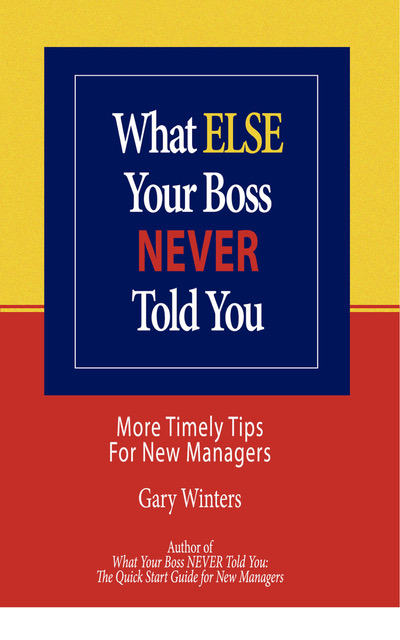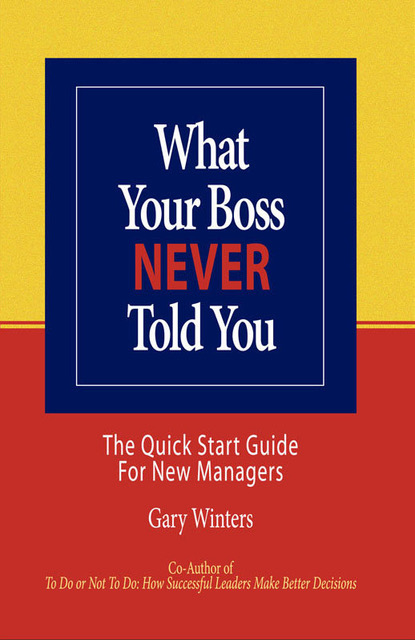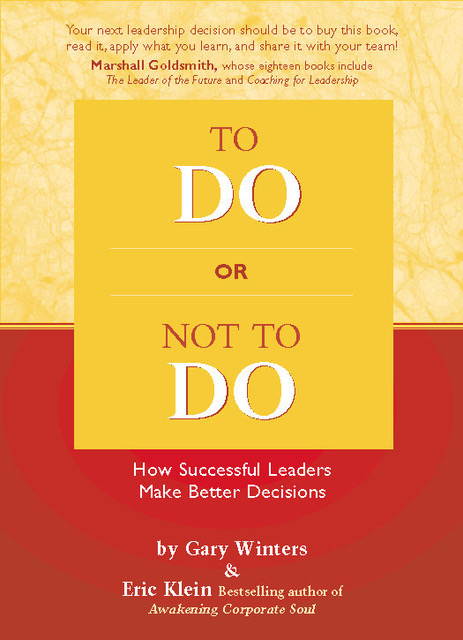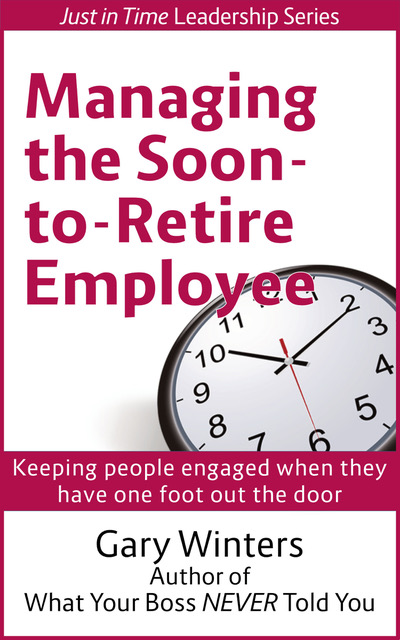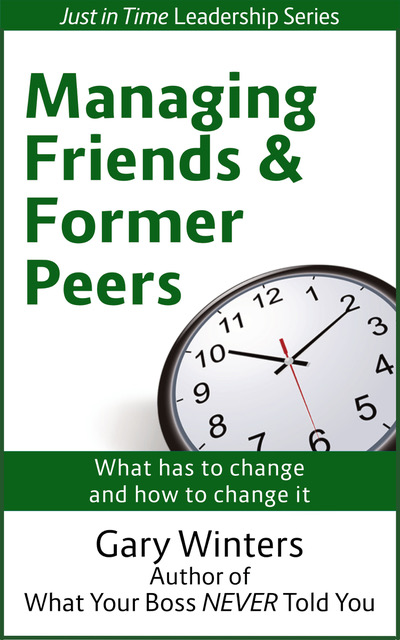What do Roger Bannister, the first man to run a mile in less than four minutes, and Fred Smith, the man who founded Federal Express, have in common?
“I knew I was very close. I did collapse at the end. If you don’t keep on running, keep your blood circulating,.. the muscles stop pumping the blood back, and you get dizzy. I did lose my sight for a bit because I was crowded in. Everybody rushed on to the track.”
So said Roger Bannister, who did what was commonly thought impossible at the time: he ran a mile in less than four minutes. Experts had widely believed it was impossible for a human being to run a mile in less than four minutes. The year was 1954.
As remarkable as the achievement was, what may be even more remarkable is how quickly the record fell – and how many people ran sub-four minute miles afterwards. Once people believed it was possible, it became almost commonplace.
Today, the record stands at 3 minutes, 43.13 seconds, held by Hicham El Guerrouj, set in Rome in 1999.
John Walker has run an astonishing 129 sub-four-minute miles, and Steve Scott has the most so far: 136.
In 1994, the Irish runner Eamonn Coghlan became the first man over age 40 to run a mile in less than four minutes.
And they said it couldn’t be done.
“The man who can drive himself further once the effort gets painful is the man who will win,” says Bannister.
A few years later (1965) Fred Smith turned in a class project at Yale: he outlined a business plan for a guaranteed overnight package delivery company.
His teacher told him the idea was interesting, but couldn’t be done. He was given a C for the assignment.
Scraping together $250,000 of his own, and getting others to invest, Smith started Fed Ex with two jets bought on credit. The rest, as they say, is history.
But the rest wouldn’t have been possible had not Fred Smith created a vision (and worked his butt off) to get people to believe it was possible.
As I see it, what Bannister and Smith have in common is the willingness to believe that the “impossible” IS possible, and to demonstrate it for others. Once that’s done, others will follow – gladly, and in great numbers.
Where’s the bar set for your team? Have you accepted any conventional wisdom about what’s possible – and what’s not?
What could happen if you committed yourself to raising the bar beyond what people think can be done?



